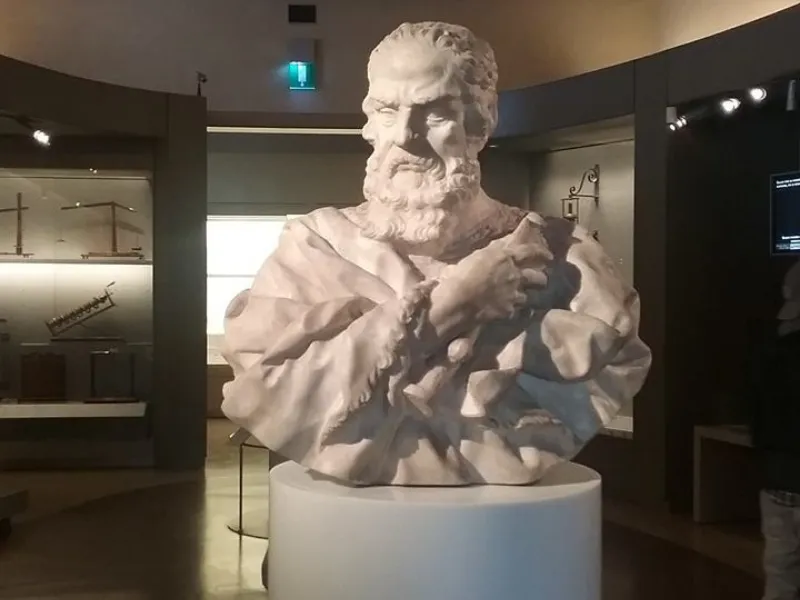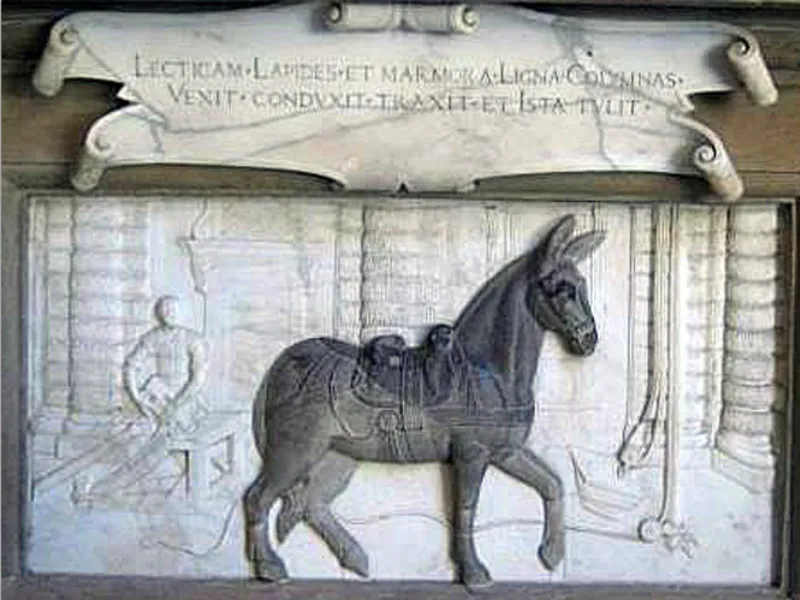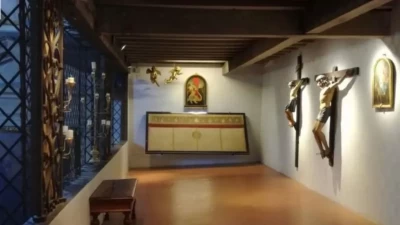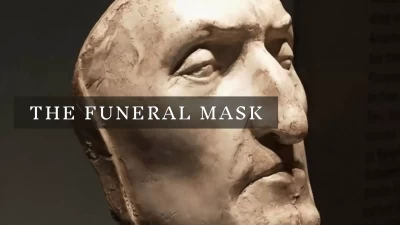A Mule is celebrated in the Palazzo Pitti
A Mule is celebrated in the courtyard of Palazzo Pitti
The courtyard of Palazzo Pitti's courtyard, designed by Bartolomeo Ammannati in the 1560s, stands as a testament to the toil of both architect and laborer. Ammannati and his team dedicated years to excavating a portion of what is now the Boboli Gardens, extracting the requisite stone for the courtyard's construction. Surprisingly, this very land once served as a pietraforte quarry, yielding one of Florence's signature stones.
The photograph below provides a glimpse of Ammannati's creation nestled amidst the heart of the garden. Notably, pietraforte, a yellow-brown stone, was employed in the construction of not only the Palazzo Pitti courtyard but also in other eminent Florentine structures, including Palazzo Vecchio, the Bargello museum and Palazzo Medici – an archetype of Renaissance architecture. This stone, fortified by its iron content, possesses greater strength than pietraserena, which was used, for instance, in the construction of the Uffizi Gallery.
Tragically, this indefatigable creature met its demise on the premises. In commemoration, Filippo Larini, the chiseler, crafted a memorial plaque, now situated on the left side of the courtyard. The bas-relief on the plaque prominently features the mule in the foreground, with a pulley on the right and a chisel on the left. A Latin inscription perpetually commemorates the tireless dedication of this animal to the quarrying task. Such inscriptions referencing animals are indeed rare finds in the annals of Florentine history.

On the right the courtyard of Palazzo Pitti and the Boboli garden behind
Altri articoli

Galileo Galilei kneels in front of the church
In 1632 the scientist published his "Discorso sui massimi sistemi" and he risked to be burnt at the stake

A Mule is celebrated in the Palazzo Pitti
The marble decoration is situated on the left part of the courtyard.

Santa Maria Nuova and its secret underground
Even the great artist Leonardo da Vinci studied anatomy and dissected bodies in this long corridor!!

The funeral mask
The Dante funeral mask, once thought real, is now believed a lost sculptural portrait. Donated to Florence in 1911, found in Ravenna in 1830.

